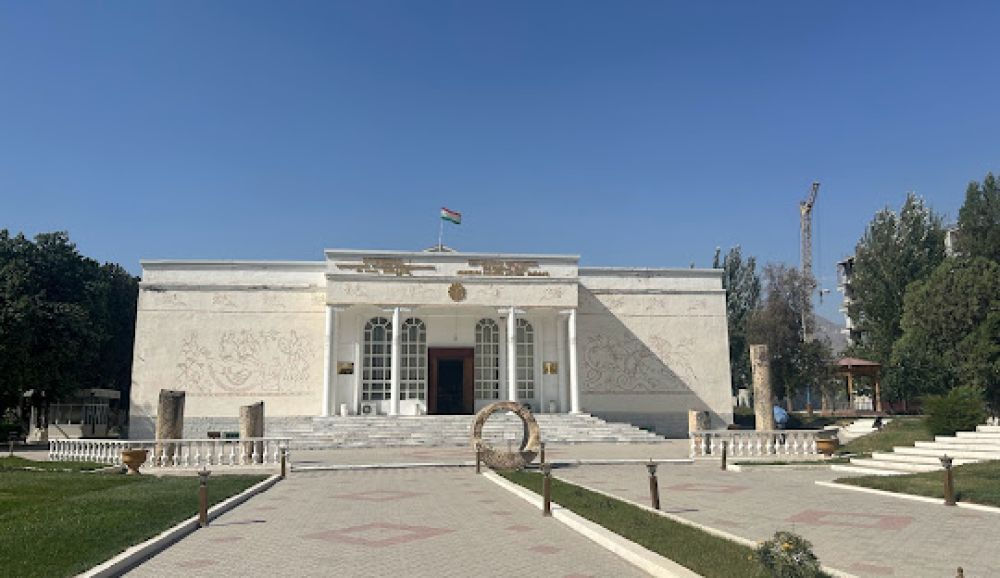

The Rudaki Museum is a cultural gem located in the historic city of Panjakent, near the Silk Road in Tajikistan. It is dedicated to the life and works of Abu Abdallah Rudaki, considered by many to be the father of Persian poetry. Born in 858 in the region that is now modern-day Tajikistan, Rudaki's influence on Persian literature and the culture of the region is celebrated within the museum's walls.
The museum itself, although not ancient, provides a comprehensive look into the region's rich historical tapestry. Established during the Soviet era, it has served as a bastion of cultural heritage for the local population and a center of attraction for those visiting the region. Over the years, it has garnered attention for its extensive collection of artifacts, manuscripts, and traditional art, all of which reflect the historical significance of Rudaki and the broader context of Tajik culture.
Panjakent is often referred to as the "Pompeii of Central Asia" due to its well-preserved ruins, dating back to the 5th century. The city, once a bustling urban center on the Silk Road, provides visitors with a unique insight into the region's historical development. Tourism in Panjakent revolves significantly around its ancient history, with the Rudaki Museum being one of the pivotal highlights for those looking to understand the city's past and its contribution to the world of art and literature.
Tourism in Panjakent has seen different phases. During the Soviet period, restrictions on travel meant that the region was largely unexplored by outsiders. However, with the dissolution of the USSR and Tajikistan gaining independence in 1991, an opportunity arose for the country to showcase its heritage. Despite this, it wasn't until the late 1990s and early 2000s that the city became more accessible to international tourists.
Investments in infrastructure and a growing recognition of the Silk Road's historical significance have led to an increase in tourism. The government has taken numerous steps to promote the region as a cultural and historical destination, resulting in a gradual but steady rise in both domestic and international visitors.
Recently, ecotourism and adventure tourism have gained popularity in Panjakent. The region's stunning natural landscapes provide a perfect backdrop for hiking, mountain biking, and exploring unspoiled terrains. This trend is part of a broader move towards sustainable tourism practices across Tajikistan.
The concept of community-based tourism (CBT) has also taken root, with more travelers seeking authentic experiences by staying with local families, enjoying traditional meals, and participating in everyday cultural practices. This approach has proven beneficial both for visitors seeking a deeper understanding of the local way of life and for residents looking to share their heritage.
Finally, there is a growing interest in Silk Road tourism, where travelers embark on journeys that trace the ancient trade routes. Panjakent, with its historical significance and attractions like the Rudaki Museum, plays a vital role in this niche tourism sector.
In conclusion, the Rudaki Museum in Panjakent offers a glimpse into the region's proud legacy, enriching tourists' experiences by connecting them with the ancient roots and the enduring impact of Tajikistan's cultural pioneers.